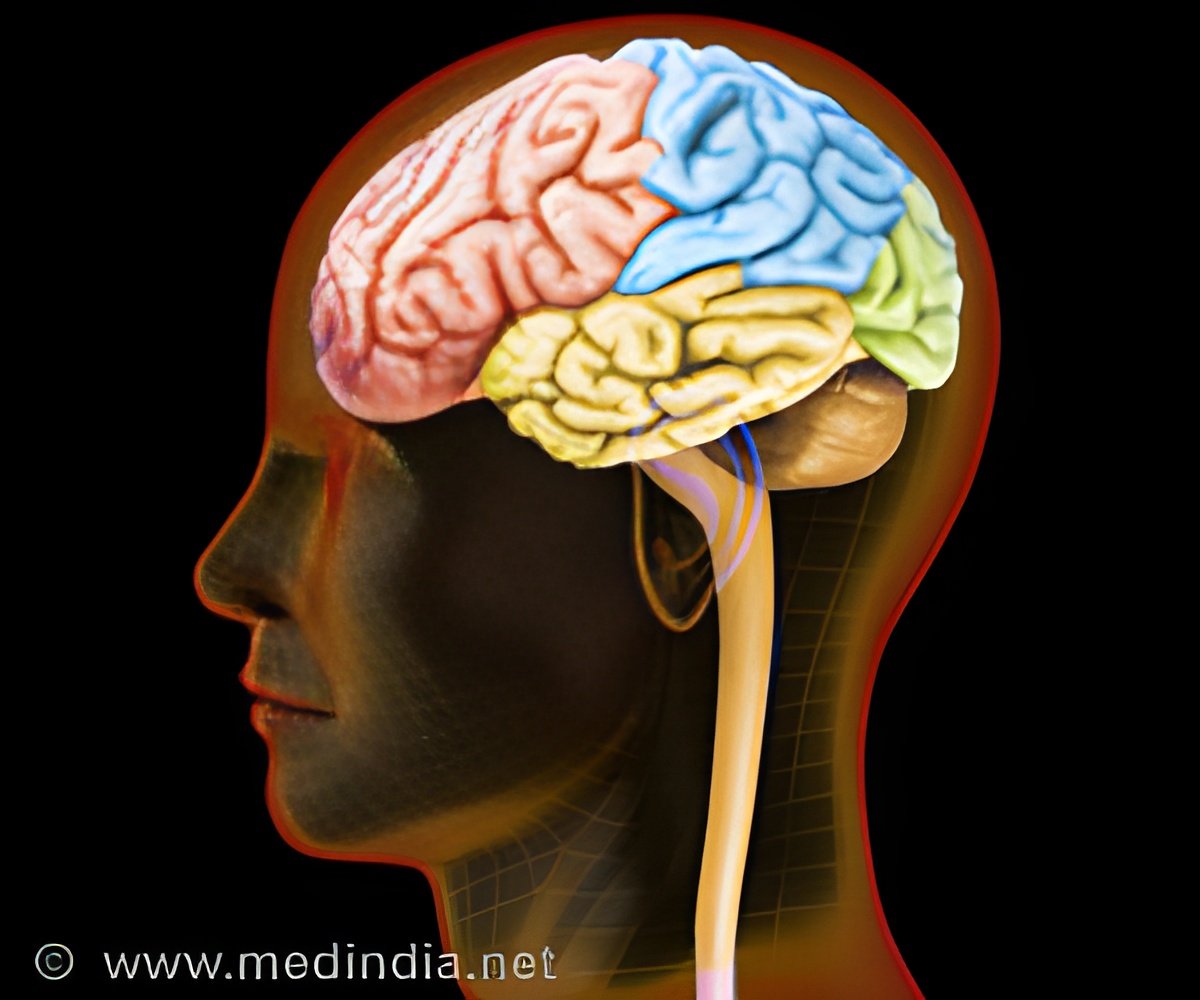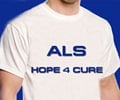A new therapeutic approach for the most frequent genetic cause of amyotrophic lateral sclerosis (ALS) has been discovered by scientists.

The new approach may also have the potential to treat frontotemporal degeneration or frontotemporal dementia (FTD), a brain disorder characterized by changes in behavior and personality, language and motor skills that also causes degeneration of regions of the brain.
In 2011, scientists found that a specific gene known as C9orf72 is the most common genetic cause of ALS. It is a very specific type of mutation which, instead of changing the protein, involves a large expansion, or repeated sequence of a set of nucleotides – the basic component of RNA.
A normal C9orf72 gene contains fewer than 30 of the nucleotide repeat unit, GGGGCC. The mutant gene may contain hundreds of repeats of this unit, which generate a repeat containing RNA that the researchers show aggregate into foci.
"Remarkably, we found two distinct sets of RNA foci, one containing RNAs transcribed in the sense direction and the other containing anti-sense RNAs," said first author Clotilde Lagier-Tourenne, MD, PhD, UC San Diego Department of Neurosciences and Ludwig Institute for Cancer Research.
The researchers also discovered a signature of changes in expression of other genes that accompanies expression of the repeat-containing RNAs. Since they found that reducing the level of expression of the C9orf72 gene in a normal adult nervous system did not produce this signature of changes, the evidence demonstrated a toxicity of the repeat-containing RNAs that could be relieved by reducing the levels of those toxic RNAs.
Targeting the sense strand RNAs with a specific ASO did not, however, affect the antisense strand foci nor did it correct the signature of gene expression changes. "Doing that will require separate targeting of the antisense strand – or both - and has now become a critical question," Lagier-Tourenne said.
Source-Eurekalert
 MEDINDIA
MEDINDIA




 Email
Email




